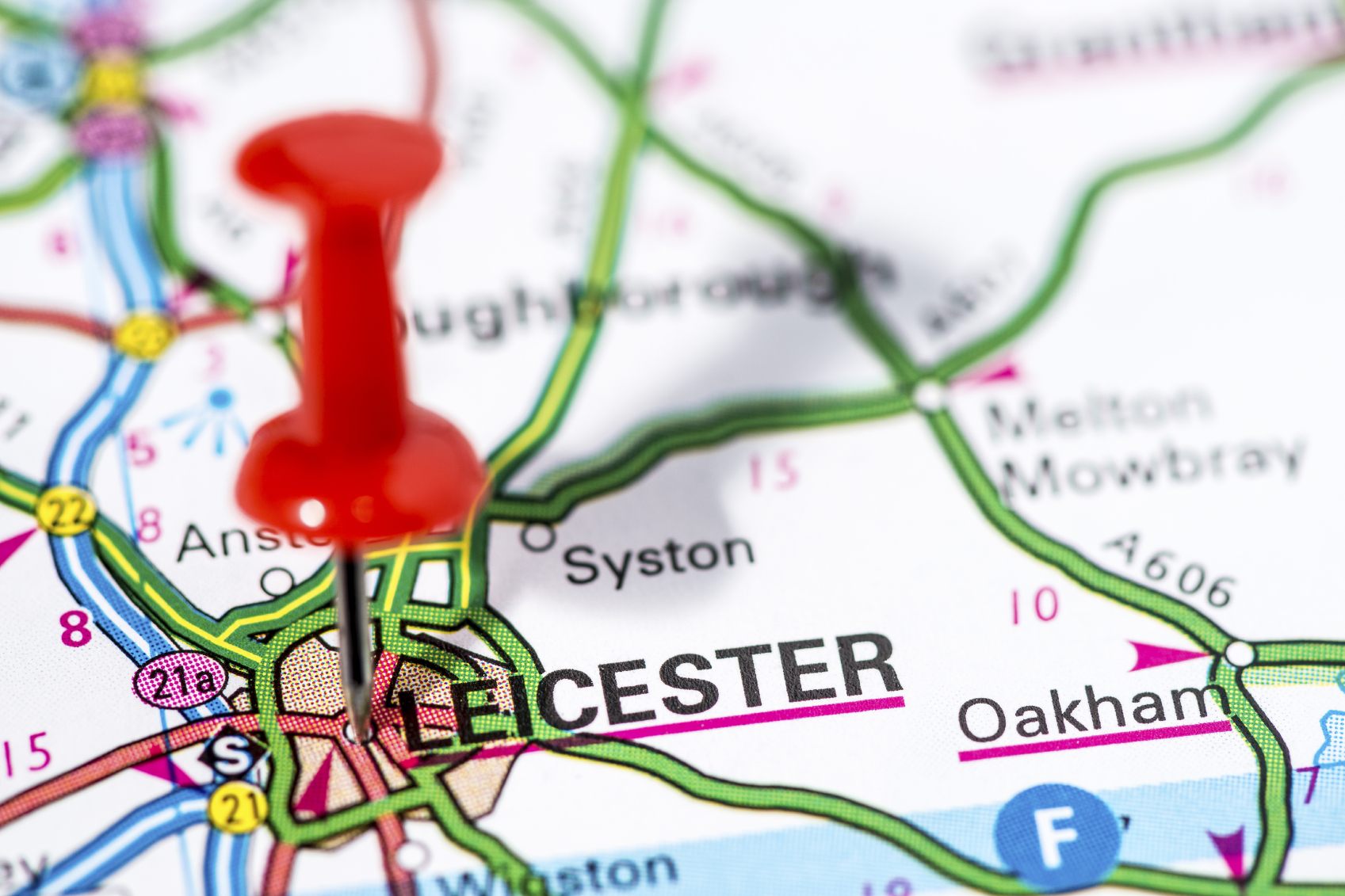When Manchester City beat local rivals and defending champions United 6-1 in October 2011, many considered it to represent a huge shift in power. Despite losing pride and the league title to their bitter neighbours, however, Sir Alex Ferguson’s response was to invest heavily in star-striker Robin Van Persie and the costly Dutchman inspired United to reclaim their championship the following year.
This captures the Premier League in microcosm, as until this season the pursuit of success has been almost universally fuelled by wealth and spending power.
The Financial Figures behinds the Foxes’ Success
The incredible ascent of unfancied Leicester City has changed the landscape of British football, while raising serious questions about the business model that underpins the coveted Premier League. After all, the Foxes’ inaugural league title has been earned on the back of old-fashioned values such as spirit, team-work and defensive organisation, while even their so-called star performers have been plucked from obscurity and lower league football. The club has also won the title with a minimal budget, investing in free transfers and nominal fees to build a title-winning squad.
In financial terms, cumulative cost of Leicester’s preferred starting line-up this season amounts to a modest £21 million. This is among the lowest in the league, while it is also significantly lower than Champion teams such as QPR and Leeds United. In contrast, it cost £292.9 million to assemble fourth placed Manchester City‘s typical starting eleven, while eight of these players cost more by themselves than Leicester’s EPL team. Despite this, there is a 13 point difference between the two, while the Foxes comprehensively thrashed the Citizens 3-1 at the Etihad in February.
The financial chasm is even greater when you consider the value of Premier League squads. In total, Leicester’s entire squad cost a total of £62.55 million to assemble, which is scarcely more than City paid to purchase Belgian forward Kevin de Bruyne. It is also an incredible £47.10 million lower than relegation-threatened Sunderland spent to create their playing squad, while leading clubs such as Manchester United (£391.1 million) and Manchester City (£411 million) have outspent the Foxes without coming close to challenging their dominance.
Will the Leicester Model break the Mould or break the bank?
This is a real power shift, and with overseas clubs such as Athletico Madrid also outperforming major rivals with a minimal budget, the question that remains is whether Leicester’s model will break the traditional EPL mould?
It would be nice to imagine such a scenario, as this would see larger, wealthier teams place an emphasis on youth development and reinvest their capital into grass-roots areas of the club rather than transfer fees, inflated wages and agent commissions. It would also make sense too, as the financially-prudent success achieved by Leicester and to a lesser extent Athletico (who compete annually with global powerhouses Barcelona and Real Madrid) has helped to reconnect top-flight clubs with their fan bases.
Unfortunately, it is more likely that Leicester’s success will break the bank rather than the EPL mould. More specifically, the leading clubs are likely to dig even deeper in an attempt to blow the Foxes out of the water, especially with incoming managers such as Pep Guardiola (at Manchester city) likely to be afforded upwards of £200 million to spend in the pursuit of new players. In this respect, we should expect to see last summer’s transfer window spending record of £870 million to be shattered, while clubs may even pass the £1 billion mark in a bid to reassert their authority.




 Bitcoin
Bitcoin  Ethereum
Ethereum  Tether
Tether  XRP
XRP  Solana
Solana  USDC
USDC  TRON
TRON  Cardano
Cardano  Lido Staked Ether
Lido Staked Ether  Avalanche
Avalanche  Toncoin
Toncoin